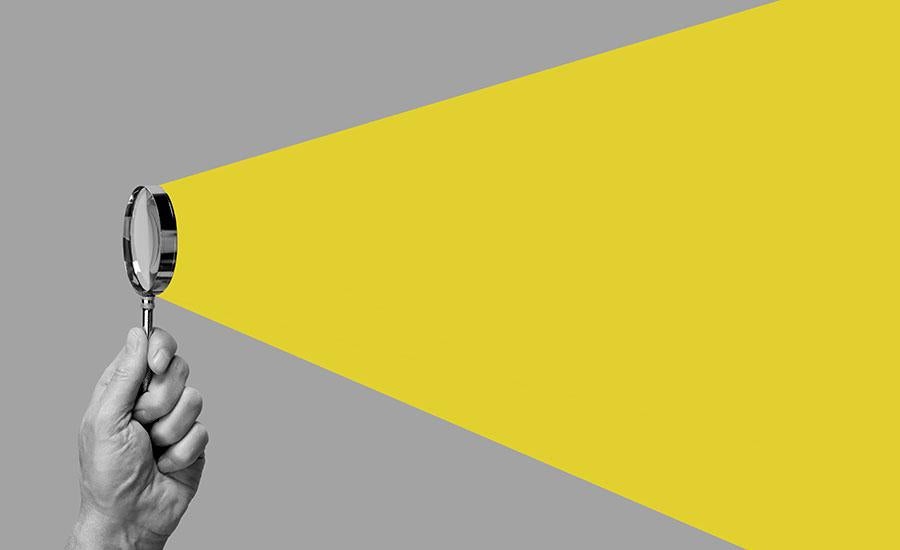
This is the 4th and final part of a 4-part series that allows students to communicate what they've learned through using the engineering design process to develop new vision technology. Links to all

This hands-on lesson allows students to engage in the engineering design process by building a new vision technology with applications of convex and concave lenses. This is the 3rd lesson in a series
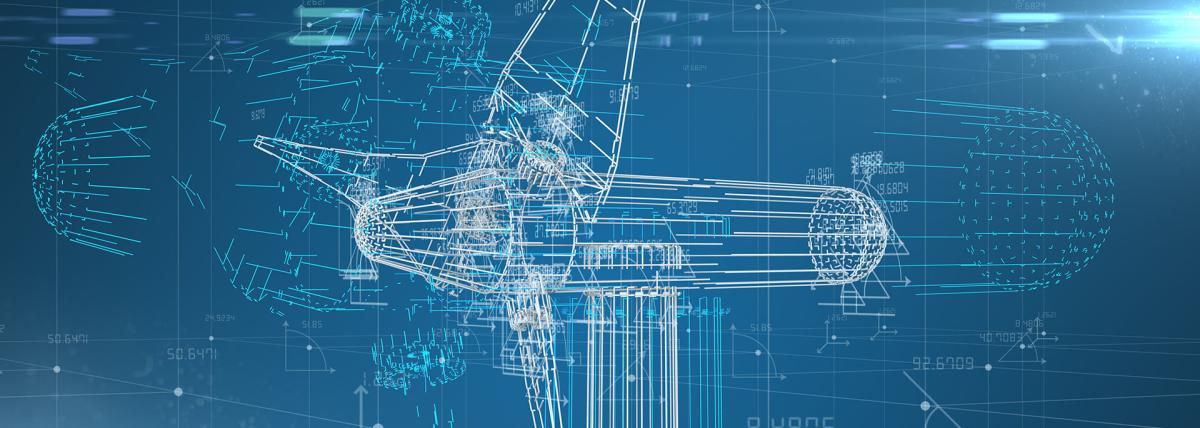
This is part 1 of a unit, other lessons are posted. In this lesson students will use prior knowledge of how wheels and axles work in order to create two symmetrical sides of a ferris wheel. This
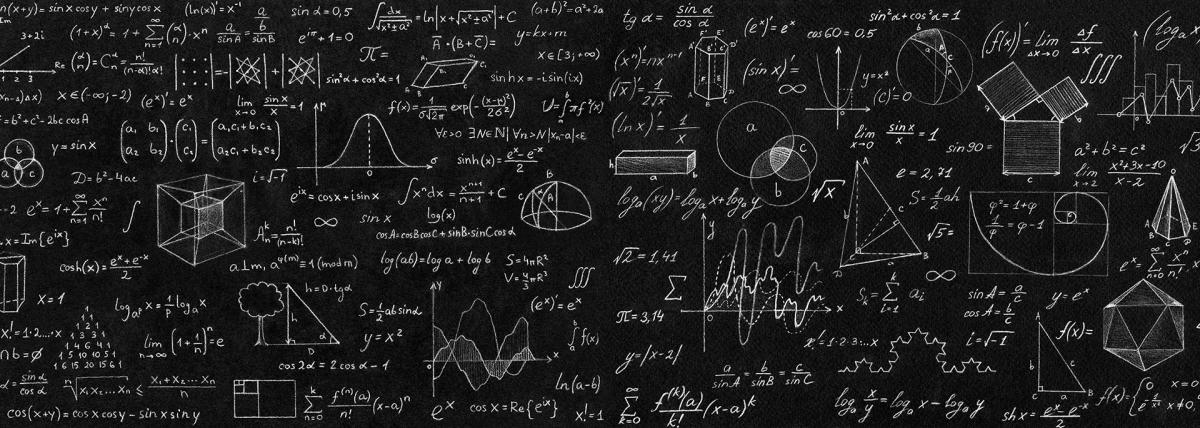
In this hands-on lesson, students will have a teacher read aloud: "Rosie Revere, Engineer" and discuss the importance of perseverance and imagination while creating, building, and testing. They will

In this hands-on lesson, students will use robotics to create an automated system that simulates the cleanup of a natural disaster. In this case, a nuclear reactor explosion. Students will program

This is a multiple-day lesson plan based on Newton's 3 Laws of Motion. Students begin the lesson by collecting data observing coins moving across a table. After making the observations, students will

How can we design and engineer sports venues of the future that practice sustainability? According to the Green Sports Alliance, 17% of the world's population follows science but about 80% follow
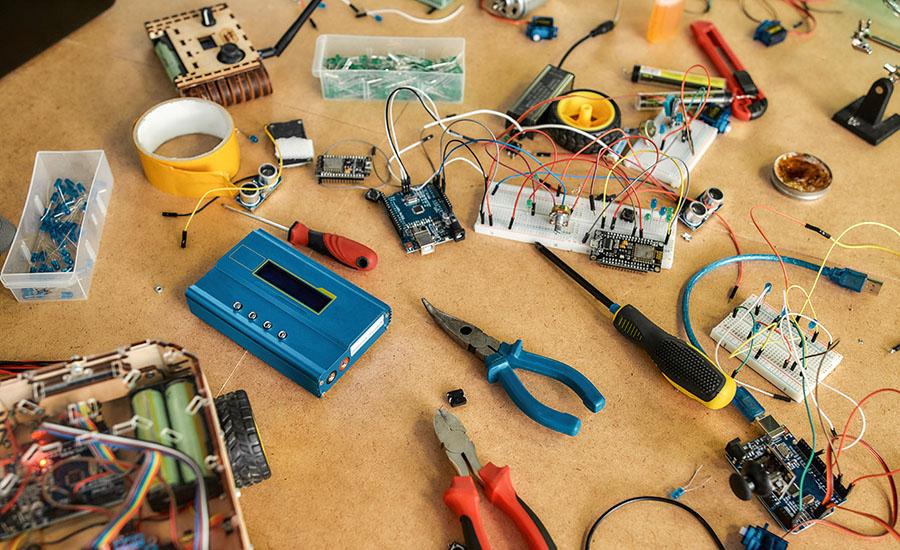
This is lesson can be used alone to introduce the engineering design process. This lesson is 1 of 2 in an Engineering and Sustainable Design Unit focused on sustainability and sports. Students learn

This lesson is Part 2 of an engineering challenge. In Cooling Structure Challenge Part 2 students will use what they learned when they designed, built, and tested their prototype in Part 1. Often we
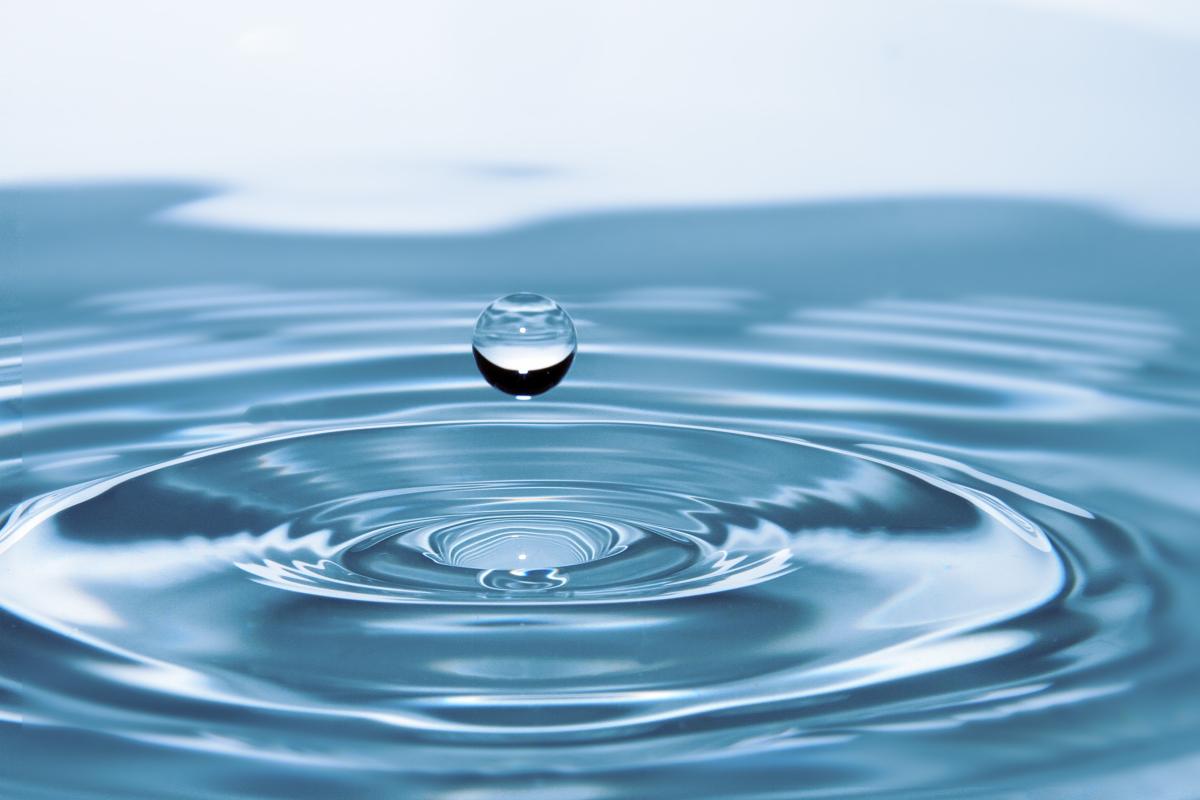
This STEM lesson takes place in a science classroom after students have explored the differences between substances (in the solid, liquid, and gas states), and energy transfer. It is intended to last

Students will build an ice snowman and a house for him to live in. They will collaborate to design a structure to keep him from melting. This project uses basic materials to study insulation and

This hands-on and engaging lesson followed a unit on the Gingerbread Man. Students were challenged to build a bridge to get the Gingerbread Man safely across the body of water, so he doesn't get eaten

Students will learn about Tony Sarg, the Puppeteer of Macy's Thanksgiving Day Parade and will learn the history of the parade. Students will then design and create their own balloon character for a

In this activity, students read about discovering energy and the impact encountered by ships at sea. Students will have the opportunity to read about how lighthouses can solve those problems and

As an intro to Thermal Energy, students are challenged to create a warmer that will keep my coffee warm. Students project will be tested in class, data will be collected, compared, and graphed.
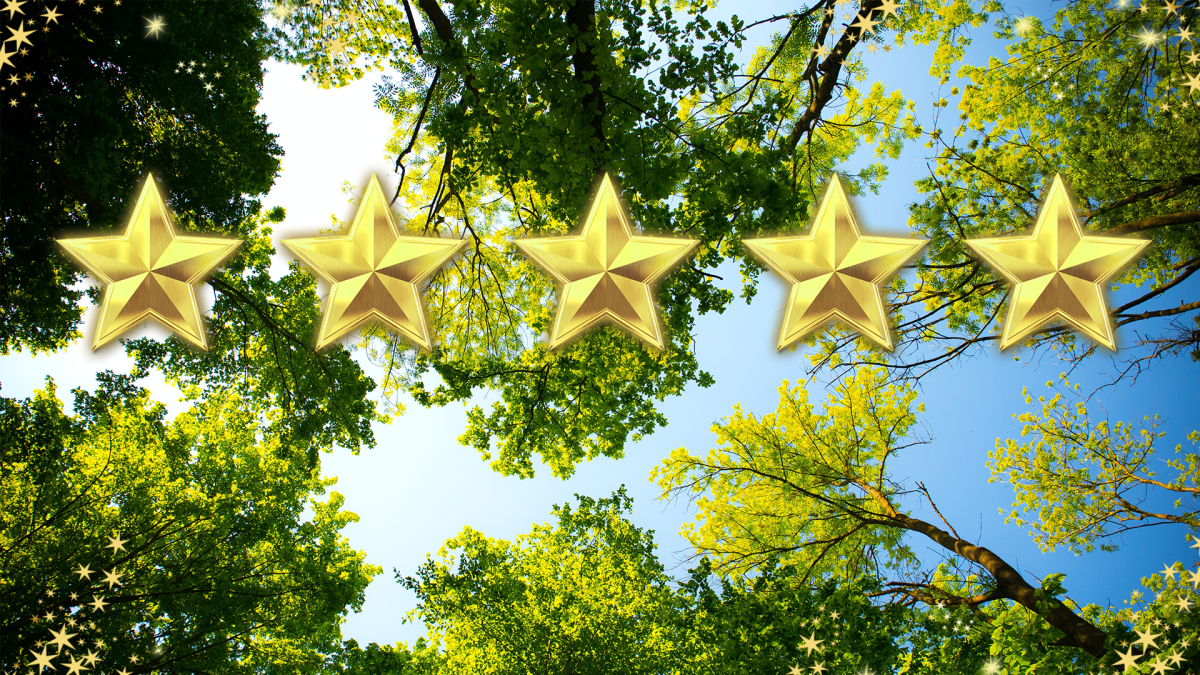
Arizona Animal Crossing
In this lesson, students use the engineering process to solve a real-world problem along the I-10 in Arizona. Students analyze data about roadkill along a particular stretch on the I-10 just outside
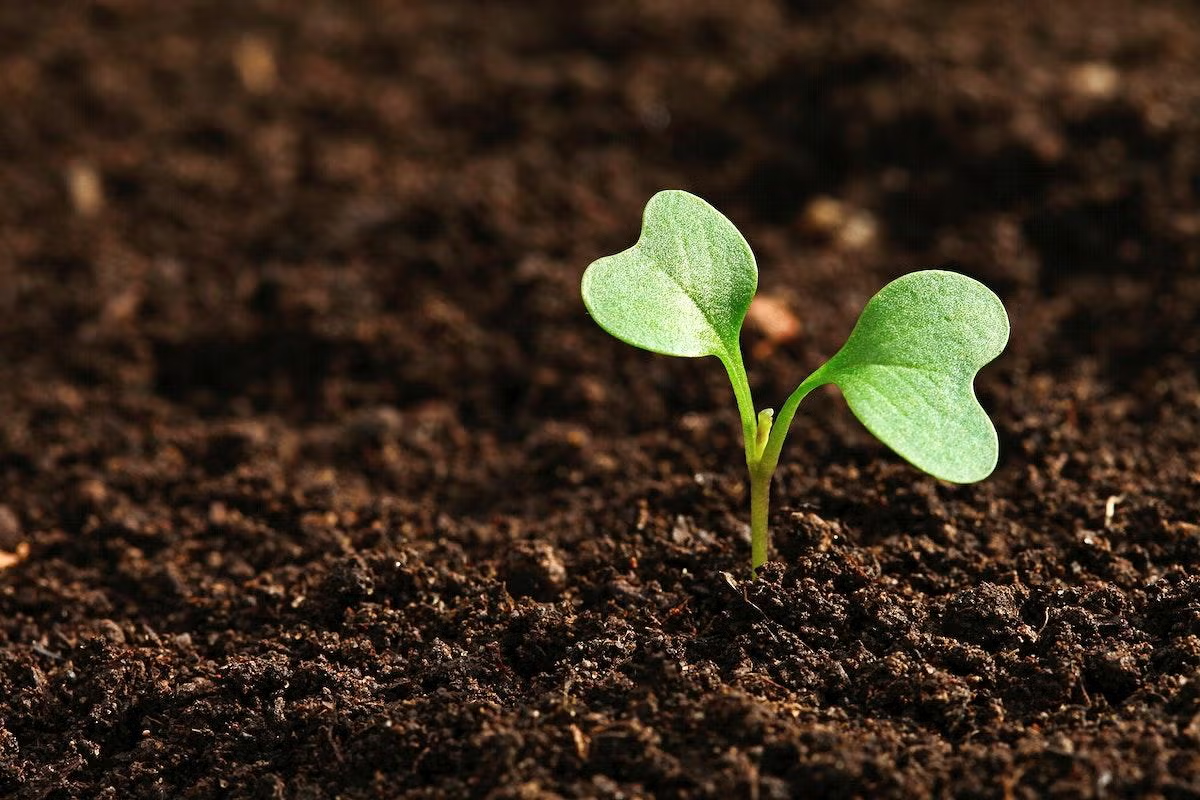
In this lesson, students will apply the knowledge of calculating volume to determine the amount of soil they need to fill their planters. They will also use their skills to multiply and divide the
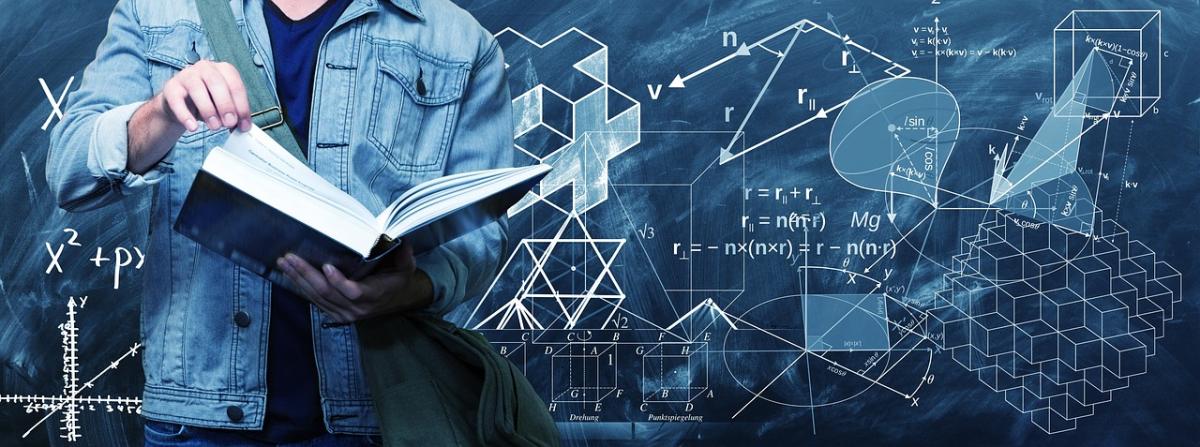
This lesson is based on the Fibonacci sequence. Overlapping concepts of pattern, repetition, structure, scale, proportions are considerations for constructing an artistic, math-based sculpture

This lesson is intended to build on existing knowledge about a previously learned topic. Students should already know about and be able to apply specific information about a bird species based on a

In this engaging lesson, students determine the period of rotation for the flying pig toy using formulas derived throughout the circular motion unit.

By 2028, NASA plans to send a mission to Mars to retrieve samples collected by rovers and return to Earth. Student teams are challenged to build a rover and design a way to retrieve as much cargo as
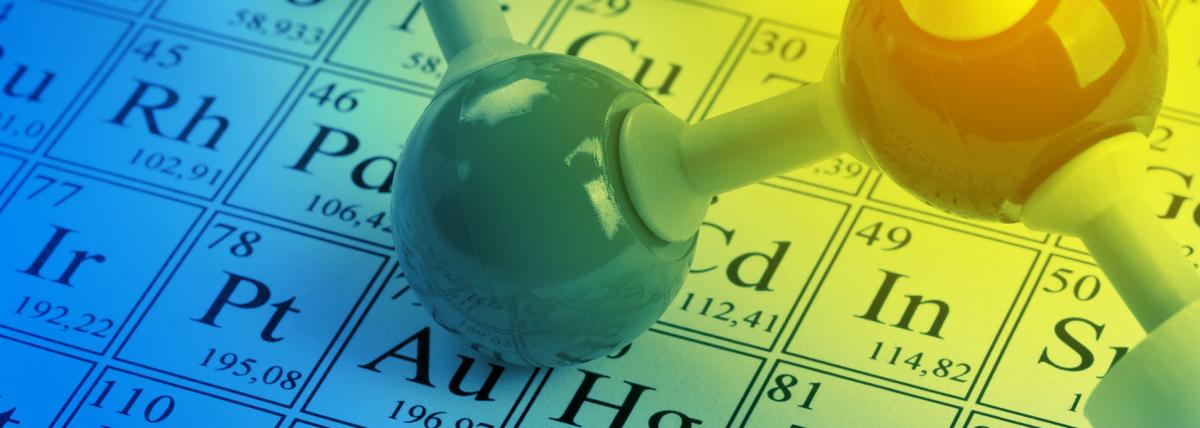
2nd grade students will work collaboratively to describe, illustrate, and communicate their understanding of the states of matter involving liquids, solids, and gases. The lesson includes extension

In this engaging lesson, students explore different types of bridges and then practice building them with K'Nex sets. This is the 1st lesson in a series of 3. Link to view all lessons and helpful

Hoop Gliders: Day 4
Students will follow the Engineering Design Process to create a hoop glider out of straws and index cards and explore the forces of flight. Students will work on the 4Cs skills as they work together


